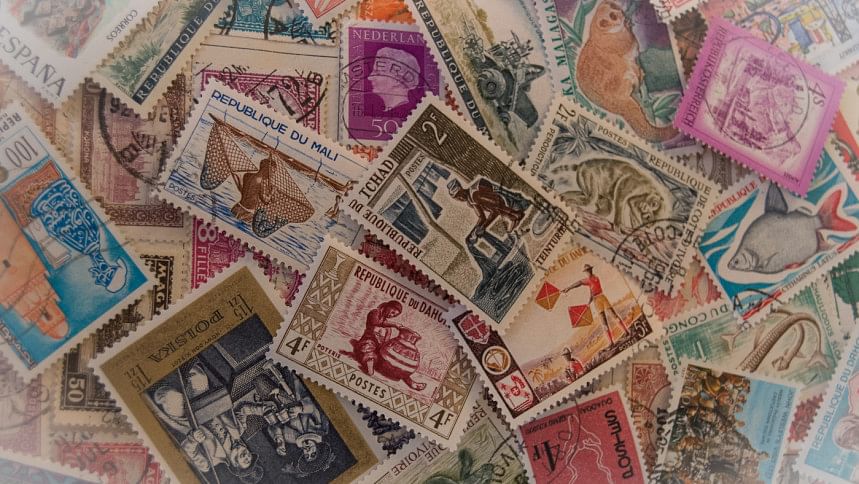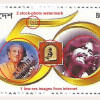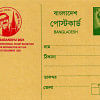World Postal Day: Is this the end of stamp collecting?

Can you remember the days when we used to receive letters from the postman? Many collected stamps from the envelopes and stuck them on albums made especially for this purpose. In this age of online platforms, when the postman hardly even makes his visit, it may seem that stamp collecting is a dying hobby, but many are still passionate about collecting stamps. On this World Postal Day, we examine the hobby of collecting stamps — the passion that is so closely tied to the postal service — and explore its rich past, glorious present, and possible future.
Trends in stamp collecting
The first stamp was issued in 1840, and from the first day, there were people interested in collecting this new item as a souvenir. Stamp collecting soon became so popular that people coined a new word to describe it: Philately! To this day, stamp collectors or philatelists collect stamps in a multitude of ways worldwide.
Every year, thousands of stamps are issued on diverse topics, and each of these finds special places in collectors' albums. Philatelists often combine their personal interests with philately — this is known to many as thematic collecting. A keen entomologist may unite his passion for butterflies and collect stamps issued on the theme. From the life of a caterpillar to its metamorphosis into a beautiful butterfly — all this can be shown through postage stamps.
Other collectors simply satiate their collecting desire by collecting different postal stationery — envelopes, aerogrammes, postcards, etc. released by numerous post offices. History buffs may study how the postal system operates and these collectors primarily collect envelopes with the stamp still stuck on them. They study, among other things, the different postmarks on stamps. In fact, the scope of study in stamp collecting is so diverse and vast that it is often referred to as science!

Stamp collecting in the past
Within a decade of the stamp's release, philately became a popular pastime in Victorian England. The hobby soon spread throughout the English colonies, and throughout the world. The hobby spread in India through the hands of foreigners. In the area now comprising Bangladesh, the earliest stamp collectors can be found as early as the 1930s. Throughout the Pakistan era, the hobby was pursued by passionate local collectors, but not in any organised fashion.
After the 1971 Liberation War, people basked in a newly found identity and steps were taken in early February 1972 to create an organised platform for the study of philately in Bangladesh. The first stamp exhibition in Bangladesh took place in February 1973. Multitudinous stamp exhibitions have taken place in the country since and Bangladeshi collectors are now participating even in international stamp exhibitions.
Lockdowns — A blessing in disguise?
The COVID-19 lockdowns have changed the world in unprecedented ways. With the fear of coronavirus, people found themselves stuck at home with a lot of spare time. Many people have found their stamp albums and were reacquainted with their childhood passion. Seasoned philatelists also got to re-examine their holdings. There was now time to study collections, and many great articles were written during lockdown times.
Not only local or national but also international philatelic exhibitions had stopped and philatelists have found the right time to go digital. To everyone's surprise, the virtual stamp exhibitions were hugely successful. Bangladesh is a pioneer in this field, having hosted a number of online exhibitions during the pandemic, which got quite positive responses. Prominent clubs and associations from Bangladesh and around the world also organised Zoom sessions that gathered people from all over the globe.
During the COVID-19 lockdown, there was also a resurgence in the stamp business, and rare stamps were realising record prices at auctions. Social media also came to play and suddenly Facebook pages were being used to trade stamps at a level not seen before. The same technology that was thought to have distracted stamp collectors for decades was suddenly bringing collectors closer than ever.
Philately — Is it a dying hobby?
Who will be the future owners of today's famous collections, one may ask? And the reply does not seem to be that straightforward.
There have been claims that yes, truly the end of stamp collecting is near. Physical exhibitions are no longer fascinating to the crowd as they used to once. New collectors who have joined philately in the near past are all middle-aged people who were collectors in their childhood. The addition of teenagers into the folds of this hobby has paused as social life, career, family has taken the lion's share of their time.
On the other side of the coin, rare stamps are still being sold for large sums of money. A sense of nostalgia seems to be driving some collectors, and it is hoped that more and more people might find philately attractive as a remnant of a bygone era.
It is possible that at one point, solely the wealthy and far-famed are concerned with the pursuit of stamp collecting. There will be sizable interest in rare stamps, however, the lesser common stamps of the fashionable era will perhaps find no new place in the stamp albums.

 For all latest news, follow The Daily Star's Google News channel.
For all latest news, follow The Daily Star's Google News channel. 








Comments